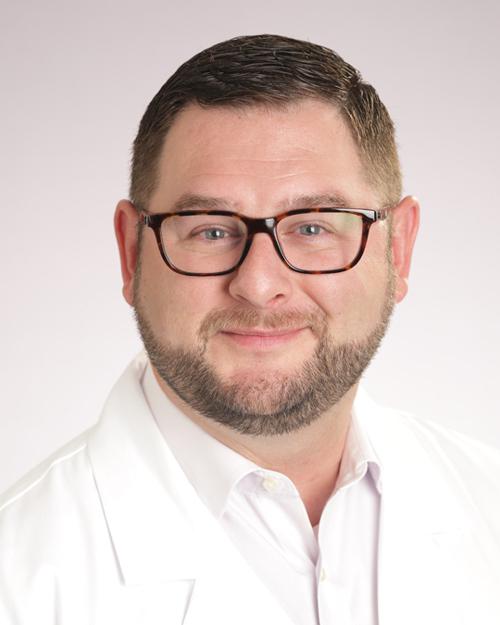
Five percent of all children and 10 percent of teenagers experience migraines, missing twice as much school as their peers.
Good sleep hygiene and adequate hydration can help reduce migraines, but that may not be enough, said Elizabeth S. Doll, M.D., pediatric neurologist with Norton Children’s Hospital and University of Louisville Physicians – Child Neurology.
Controlling stress might mean referring young migraine sufferers to a child psychologist or therapist.
Episodic migraines often respond to typical medications such as NSAIDs, but Dr. Doll recommends not using NSAIDs more than twice per week.
Pediatricians can prescribe triptans if patients don’t have any of the risk factors, according to Dr. Doll. Triptans, which are sold under a variety of brand names, are 5-hydroxytrytamine receptor agonists (also called serotonin 5-HT 1B/1D-receptor agonists). Triptans are thought to work by inhibiting certain neuropeptides that are involved in pain perception and by constricting blood vessels. Patients have the best results with triptans if they take them when they first sense an impending
migraine.
RELATED: Eyestrain, excessive screen time could be causing pediatric headaches
Most triptans are contraindicated for patients taking MAOI antidepressants and for patients with “complicated” migraines, such as hemiplegic or basilar migraines. Patients with risk factors for coronary artery disease shouldn’t take triptans.
Anticonvulsants such as topiramate or tricyclic antidepressants like amitriptyline can be effective prophylactic agents for migraine, according to Dr. Doll, and usually can be prescribed at a low dose. In addition, “neutraceuticals” like magnesium oxide sometimes can be just as effective as prescription-strength medications, with fewer side effects.
You may consider referring to a neurologist if the patient has:
- Abnormal brain imaging
- Migraines with unusual neurological symptoms (previously known as complicated migraines) – Examples include migraine with brainstem aura. Symptoms can manifest as vertigo or dizziness, slurred speech and loss of consciousness. With a hemiplegic migraine, symptoms are similar to a stroke, including weakness or paralysis on one side of the body and speech disturbances.
- Chronic migraines – 15 or more headaches a month for three months or longer, often as a result of medication overuse
- Intractable migraines – Migraines not helped by medications
- Any headache outside the clinical criteria for migraine or tension-type headache – There are more than 200 different types of headache disorders in the
International Classification of Headache Disorders. Although migraines and tension-type headaches are most common, there are a myriad of other headache
disorders.
“If they’ve started treatment, and the patient still continues to have an intractable headache, we can weigh in and talk about other options,” Dr. Doll said.
Prior to an appointment with a neurologist, starting the patient on a preventive medication could help. Many prophylactic agents take one to two months to take effect.
Even children and adolescents who don’t meet the criteria for chronic migraines should start a program of preventive medication if headaches are interfering with daily functioning and are causing missed school.
“I wouldn’t be afraid to start something when they come to see you,” she said. “A lot of these preventive medications can take
time to kick in.”
For more information or to refer a patient, call (502) 629-KIDS.

